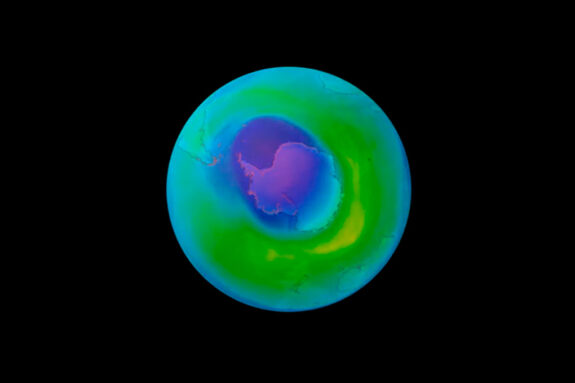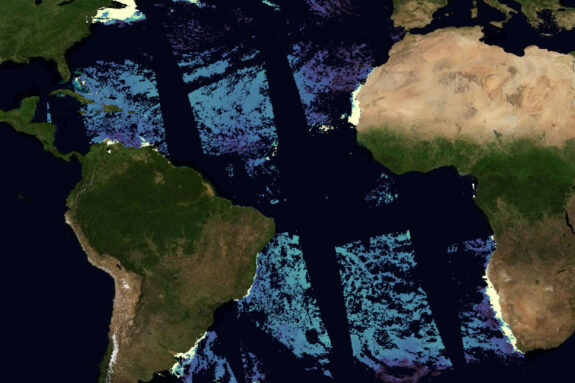Congratulations to Hilary Chang and M. Geogdzhayeva for being given Outstanding Student Presentation Awards (OSPA) for their presentations at the fall meeting of the American Geophysical Union (AGU), which took place in Chicago and online in December 2022. The award recognizes undergraduate, master’s and PhD students who present quality research in the geophysical sciences.
Hilary Chang is a fourth year PhD candidate working with Nori Nakata on earthquakes and near-surface structure characterization and temporal monitoring. Her talk, “Determining shallow structure beneath the dense LASSO array to improve ground motion prediction and source-parameter estimation” is a collaborative work with fellow EAPS scientists Hongrui Qiu, Zhendong Zhang, Nori Nakata, and Rachel Abercrombie. In it, she talked about how the team extracted surface waves from ambient noise and used them to probe the near-surface structure using a dense array in Oklahoma. They explored how lateral structural heterogeneity amplify earthquake ground motions and affect our ability to precisely characterize earthquake source. They found that shallow structure has a systematic influence on the observed earthquake source parameters even in a low-relief river plain. Hence, they recommend deploying the array considering the sedimentary structure and beware that attenuation of the shallow layers can cause significant impact on the observation. They also found ground water can potentially amplify earthquake vertical ground motions by three times and should be considered in hazard assessment.
M. “MG” Geogdzhayeva is an undergraduate in the physics department working on a UROP with Andre Souza in Raffaele Ferrari’s group. Their talk, “Extreme Event Projection for a Changing Chaotic Attractor,” discussed a statistical method for the projection of extreme event occurrence in a continuously changing environment. Using the Lorenz 1963 system as a case study, they developed a Markov chain-based framework to capture the extreme statistics of a chaotic system without requiring information about its dynamics. They then used this framework to show that even if the environment of a system is actively changing, the statistics of the system change smoothly, and are thus suitable for comparison to those of static environment. This work has implications for understanding and projecting extreme event statistics under climate change. They are currently working on applying the same framework to the projection of extreme heat event occurrence.



